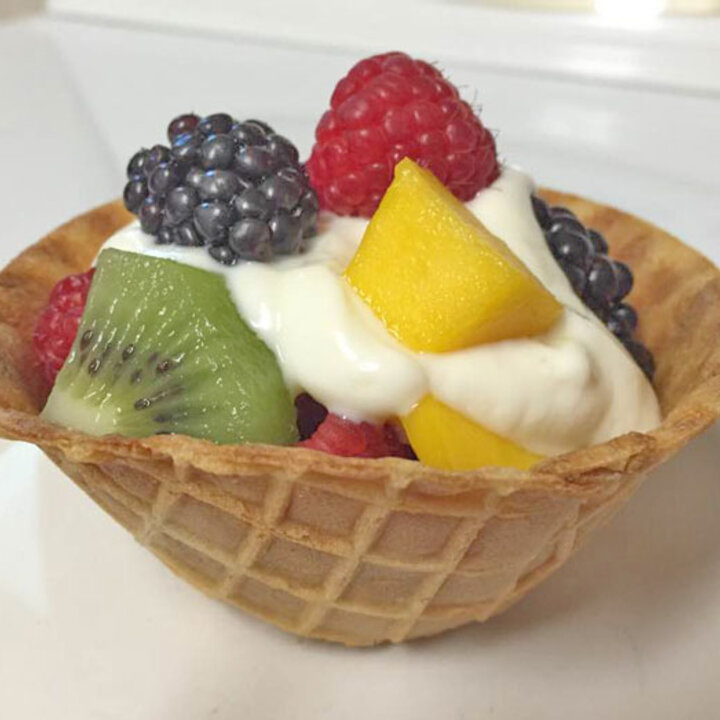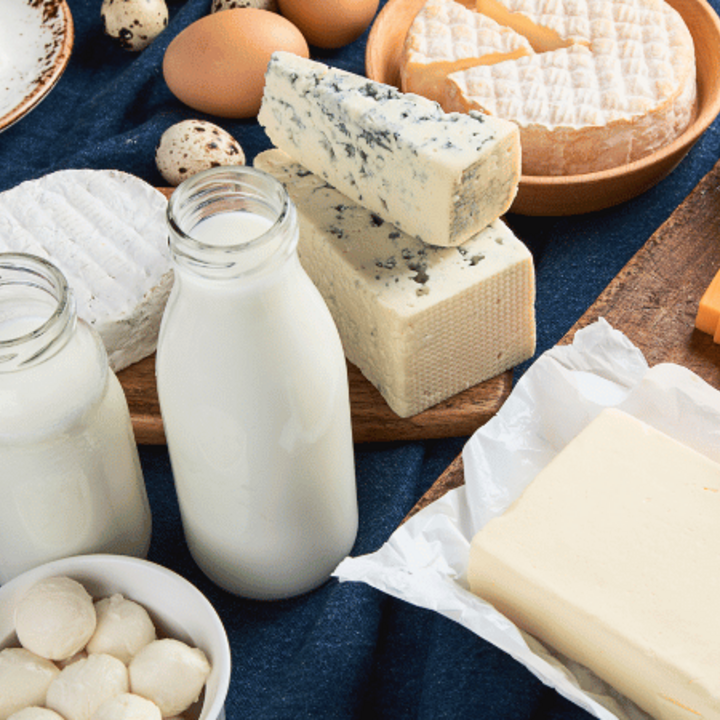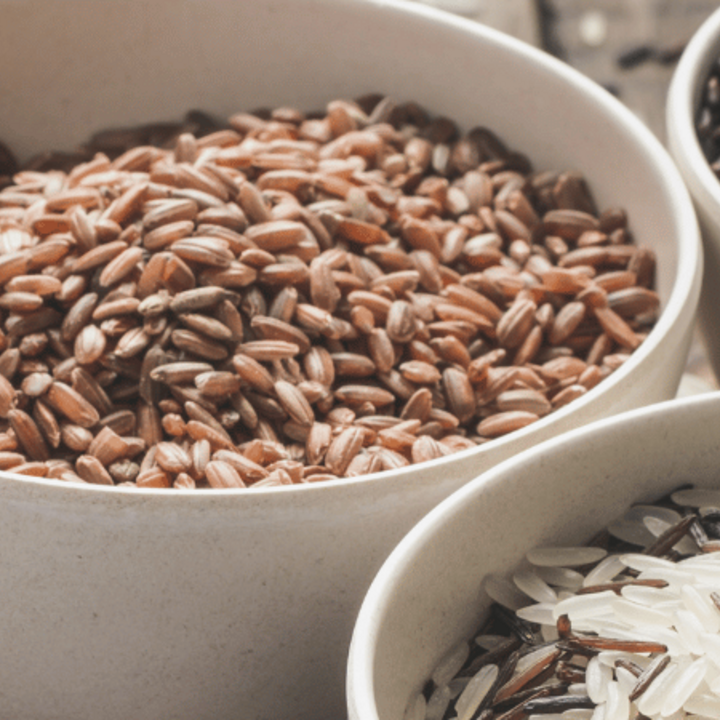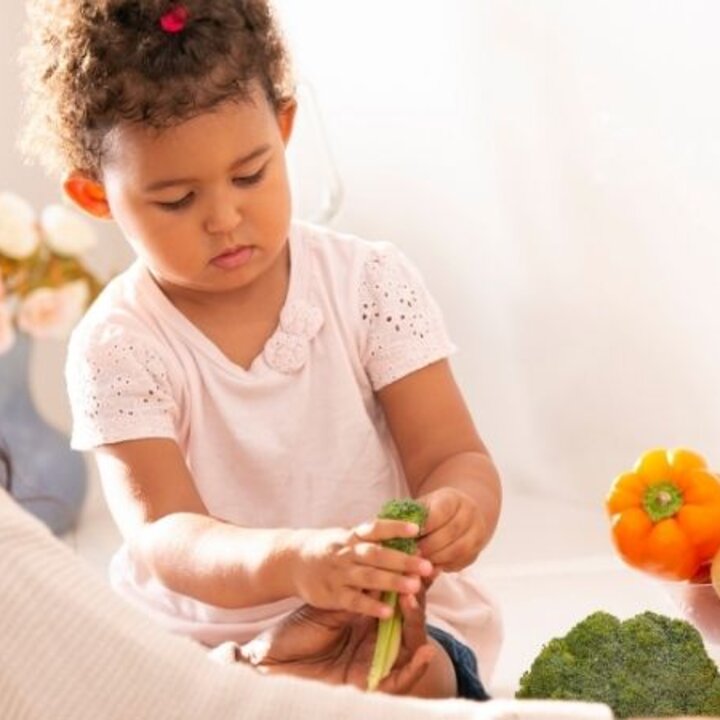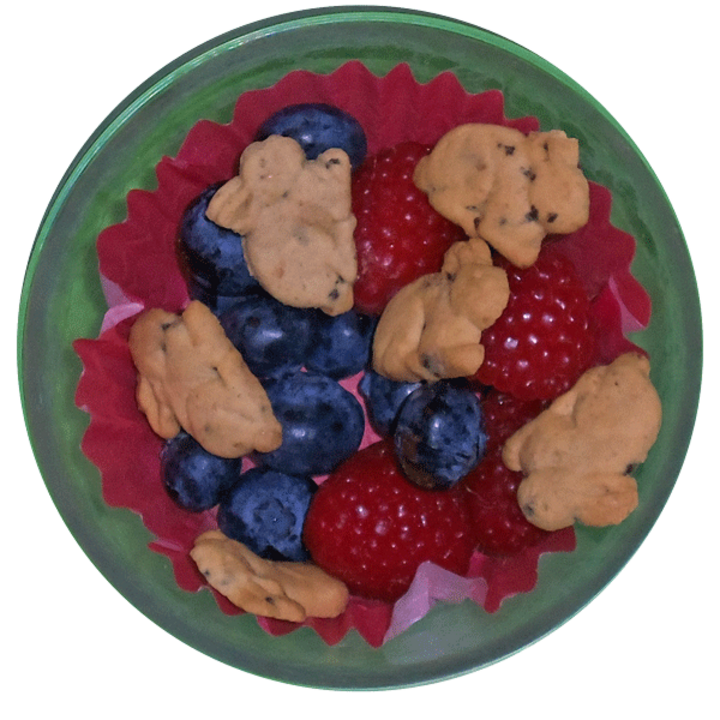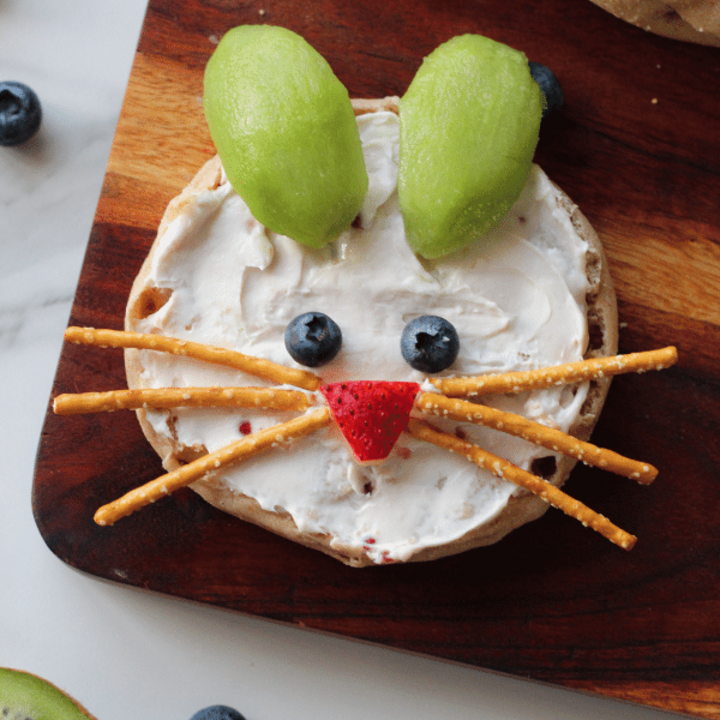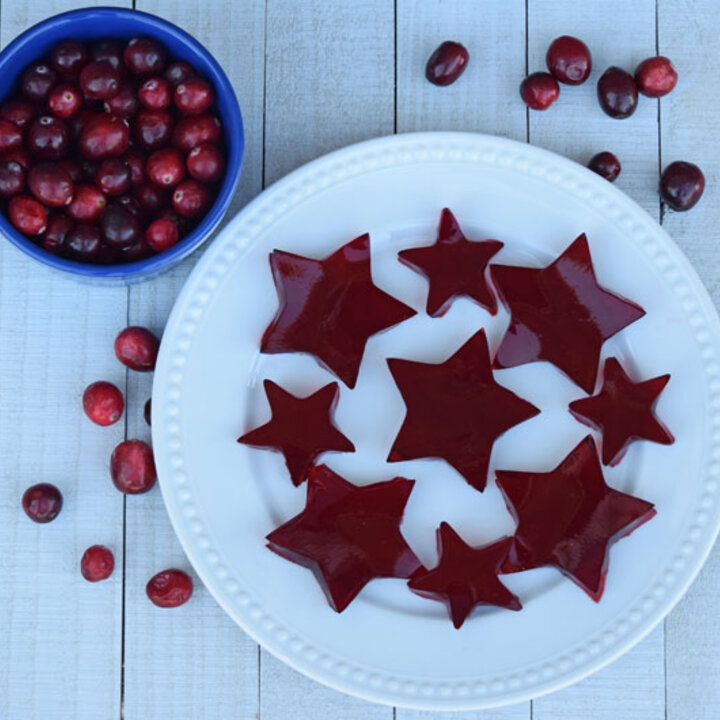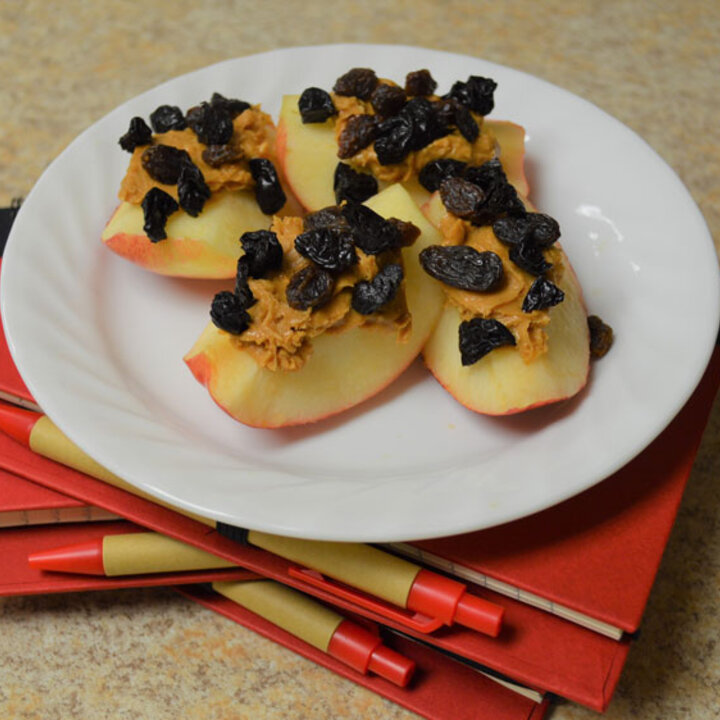Increasing Sensory Awareness Through Food

A simple but powerful experience for families is enjoying a meal together. At the table, begins our first experience with solid foods; we squish it, push it, smear it, lick it, smell it and taste it. The kitchen table begins the journey of sensory learning. Cooking engages the five senses through hands-on experiences: seeing, touching, hearing, smelling and tasting.
-
Seeing: As we prepare foods, children can look at foods to describe color, shape, and size. After food is prepared, talk through how items such as color, shape, and size have changed. For example: A whole fresh pineapple is bumpy; green, yellow or somewhere in between with big with green spikes coming out of the top. After a pineapple is prepared it is yellow and round.
-
Touching: Many foods we eat have different textures. Describing the textures of food before and after it is prepared is a great activity with kids. Some examples of ways foods can be described as smooth, scratchy, bumpy, sandy, soft, or hard.
-
Hearing: As food is prepared, children can identify the many different sounds that can be heard. When celery is cut, it makes a crunching sound. When you eat cereal it makes a crackle sound. Tossing lettuce makes a rustle sound and hamburgers sizzle when cooked on the stove or grill.
-
Smelling: Mouthwatering smells can be as enjoyable as taste. Foods can smell sweet like an orange, sour like a lemon, savory like fried chicken, or spicy like salsa. Helping children describe the smells of food will also increase the pleasure of tasting foods, because we taste a large percentage of food through smell.
-
Tasting: Beyond the sight, sound, touch, and smell of food, there is the ultimate taste. Bringing all of the senses together through eating the food. Helping kids describe how food tastes: sour like a lemon, sweet like candy, buttery like a biscuit, spicy like peppers, zesty like a tomato, or salty like a potato chip.
- Putting it all together in a meal. With your child's help, enjoy the journey of meal preparation from start to finish. Start with smooth and creamy macaroni & cheese and add hamburger sliders for chewy texture and savory flavor. To include vegetables in our meal - a salad of sweet tomatoes, ruffled green lettuce, crunchy carrots and sweet raisins. End by creating a fruit salad with different colors and textures. Examples of fruits that would work well together include, watermelon, grapes (cut in half), bananas, and pineapple. This will bring the senses to a complete circle. Time spent learning with kids is priceless and full of flavor.
Creamy, Crunchy, Crispy Fruit Cup
Yield: 1 serving
Ingredients:
- 1 mini-waffle bowl
- ¼ cup low-fat yogurt
- ¼ cup fresh, canned or frozen (thawed) fruit
Directions:
- Wash hands with soap and water. Place yogurt in the bottom of your waffle bowl.
- Top with fruit. Enjoy!
Notes:
Sprinkle with toppings such as granola, dry cereal, crushed graham crackers or finely chopped nuts. You can also use frozen yogurt or pudding in place of the yogurt.
Nutrition Information:
Nutrition Software Used: ESHA Food Processor
Source:
- Cooking and Learning with Young Children, Community Coordinated Child Care, Inc.
- Savory Sensory Learning, PennState Extension
This newsletter was originally written by Pat Jones. It has been peer-reviewed and updated in 2025.
